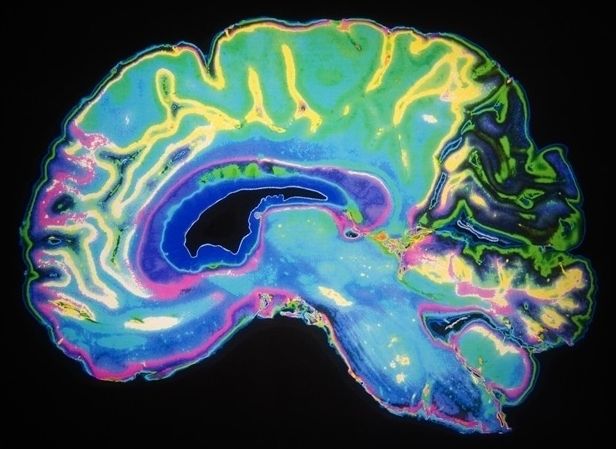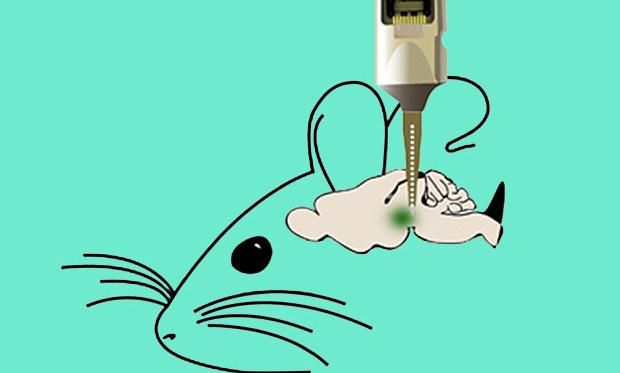Feb 22, 2017
From Fractured Genomes to Broken Minds
Posted by Karen Hurst in category: biotech/medical
In recent years, we have dramatically changed our view of human genome, from a collection of DNA base pairs that was largely quite stable to one whose very structure can change. We’ve learned that higher-order structural features, such as specific configurations of repeated base pair sequences, can predispose for DNA rearrangements.
One of the most intriguing types of DNA rearrangements is copy-number variants (CNVs), deletions or duplications of parts of the genome. While CNVs range in size from a few hundred base pairs to several mega-bases affecting the copy number of one to dozens of juxtaposed genes, they are not identifiable by conventional light microscopy. It was not until a few years ago that improved technology enabled us to perform high-resolution genome-wide surveys of CNVs in individual genomes. These surveys revealed a large amount of copy number variation (at least 12,000 CNVs overlapping more than 1,000 genes), most of which represent benign polymorphic changes. CNVs are classified as rare (occurring at a frequency of 1 percent in the population) or common; collectively they cover at least 12–13 percent of the genome in the general population.
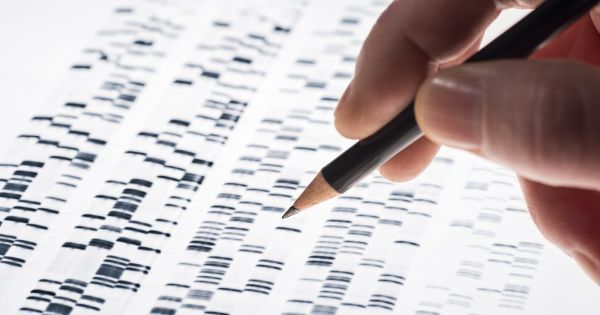


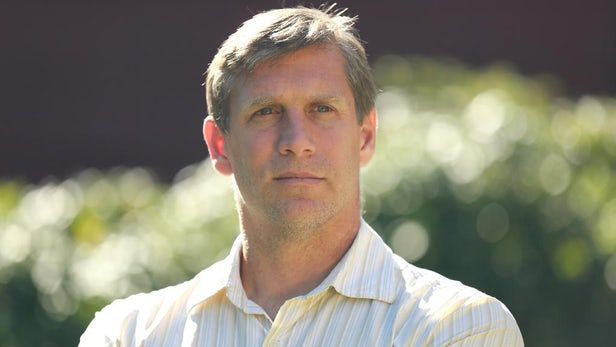

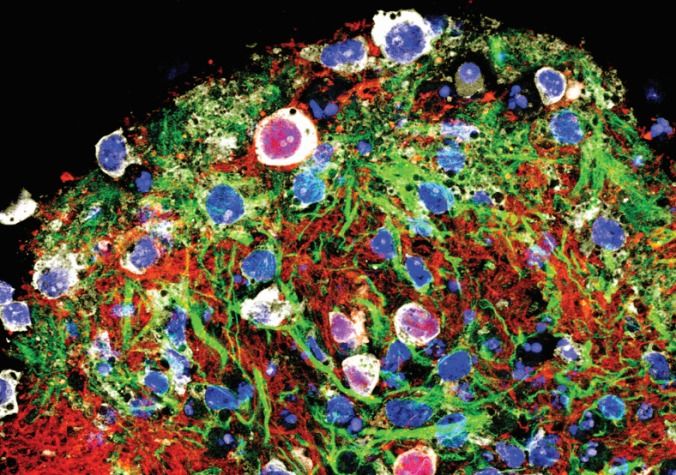
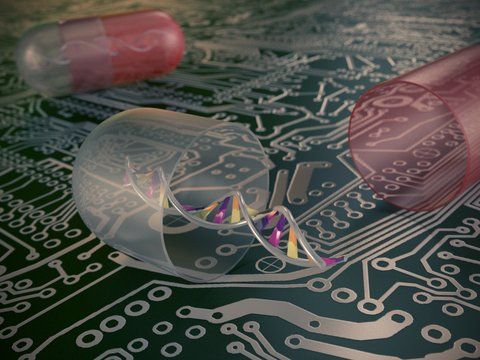
 Researchers at the University of Eindhoven in the Netherlands have developed a DNA computer that can respond to the presence of specific antibodies and make calculations, with the potential for intelligent drug delivery in the future. DNA computing involves using DNA molecules and other molecular biological components as molecular circuitry, instead of traditional silicon-based circuitry in computer devices. The DNA sequence dictates which other DNA molecules a DNA strand can interact with, allowing researchers to program DNA circuitry.
Researchers at the University of Eindhoven in the Netherlands have developed a DNA computer that can respond to the presence of specific antibodies and make calculations, with the potential for intelligent drug delivery in the future. DNA computing involves using DNA molecules and other molecular biological components as molecular circuitry, instead of traditional silicon-based circuitry in computer devices. The DNA sequence dictates which other DNA molecules a DNA strand can interact with, allowing researchers to program DNA circuitry.
